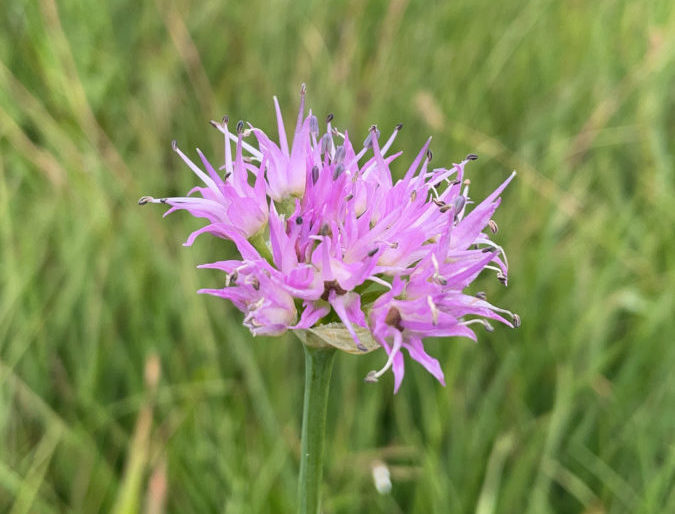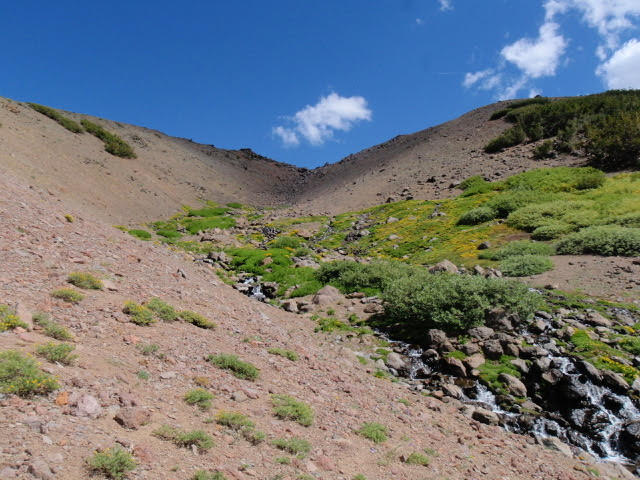We hope you can safely get outside and enjoy the lingering spring in the High Sierra!
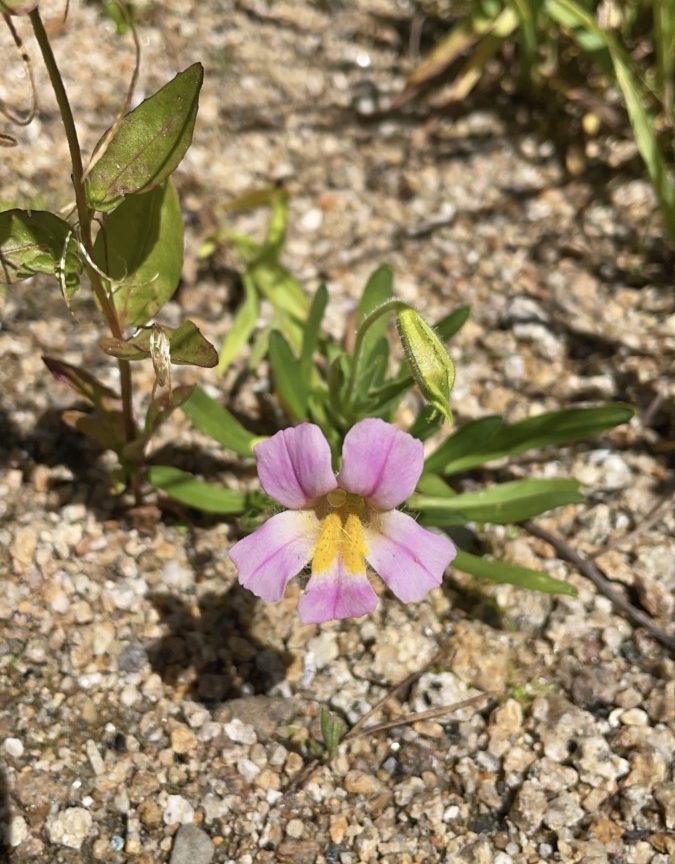
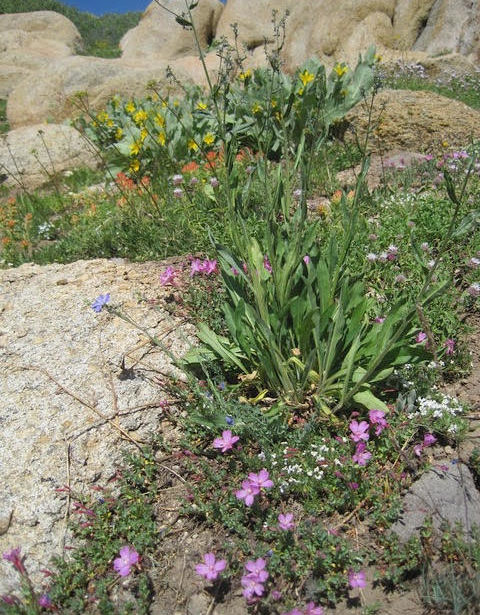
Lewis' Monkeyflower (above left photo) there are 38 species of monkeyflowers in the Sierra!
Seep-spring Monkeyflower (below left) indigenous tribes ate the leaves and stem as salad greens.
Wavy-leaved Paintbrush (below right) is the only paintbrush in this area with wavy leaf margins.
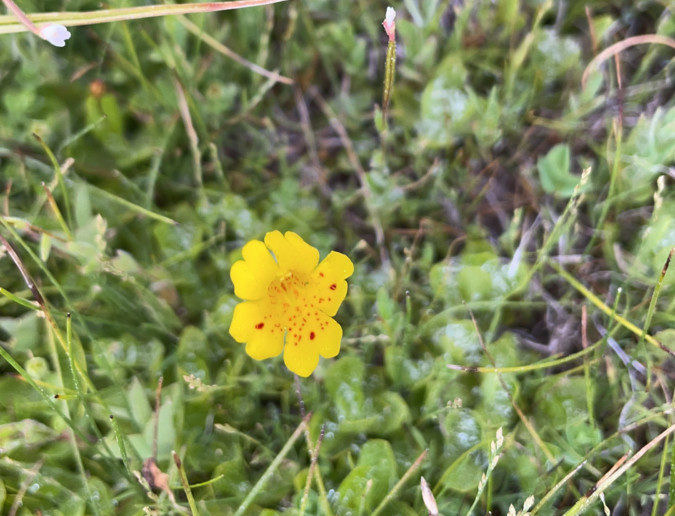

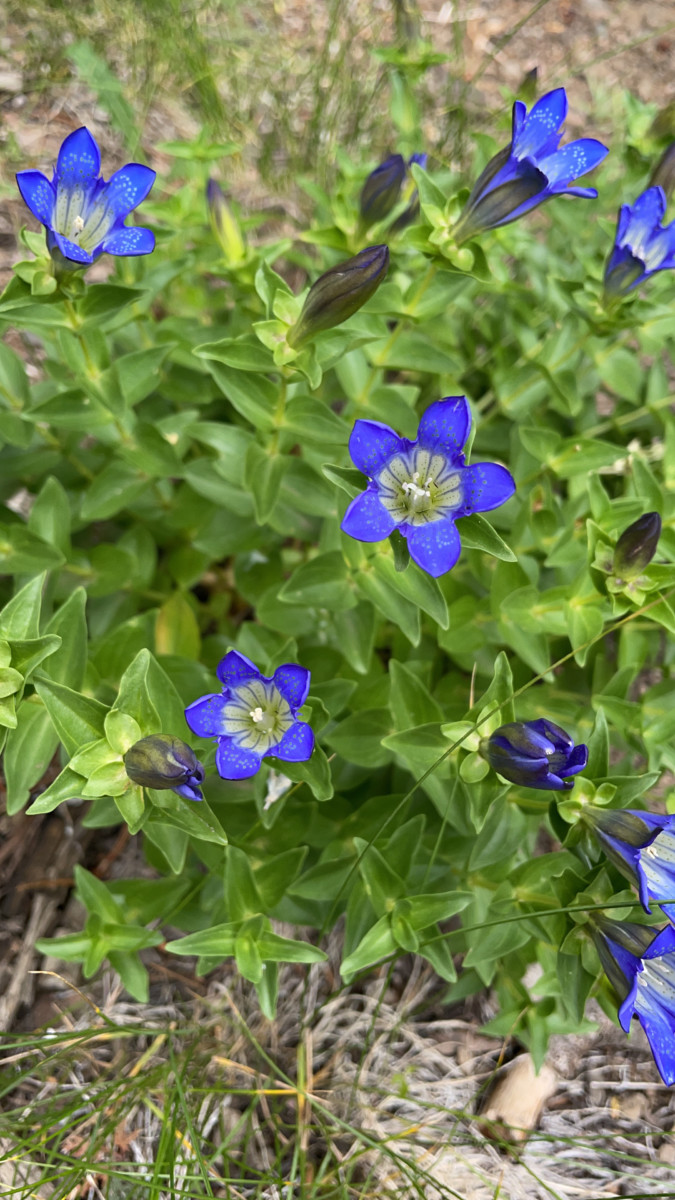
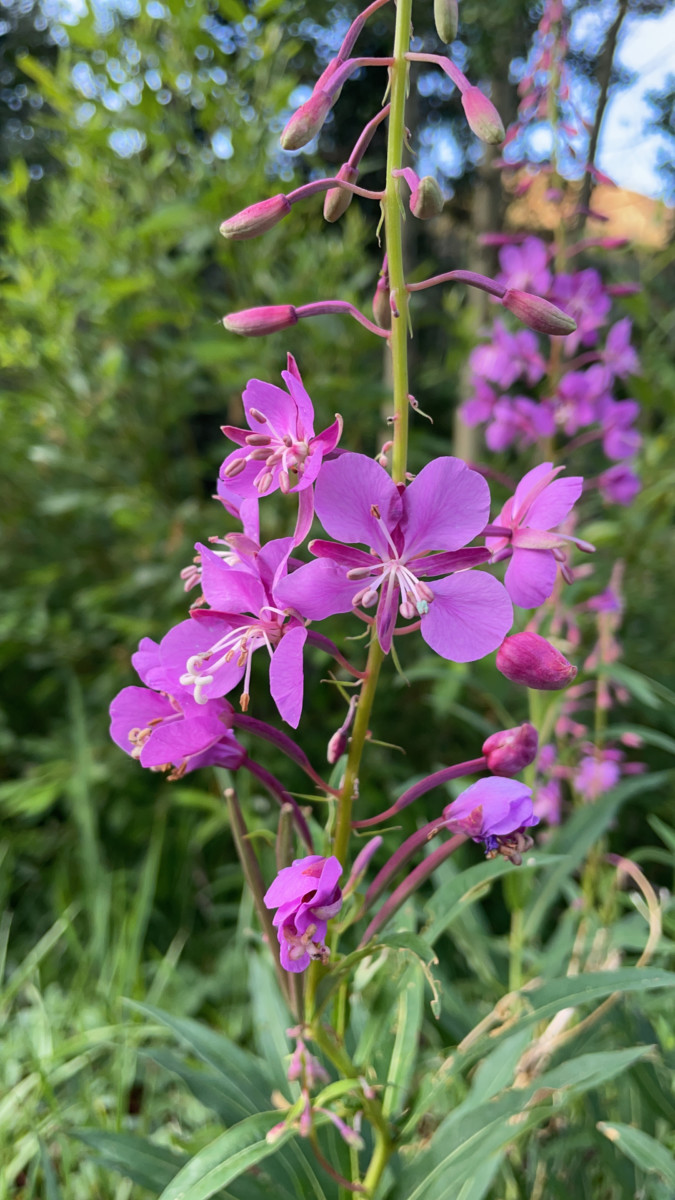
Mountain Bog Gentian (aka Explorers' Gentian) (above left) The genus name, Gentiana, commemorates Gentius, a king in the 2nd century BC, who was reported to have used the roots of a gentian to treat his troops for malaria.
Fireweed (above right) this plant is one of the first to become established after a disturbance such as fire - this is part of the reason this flower was given its name.
Swamp Onion (below left) will typically be spotted in wetland environments from July to September.
